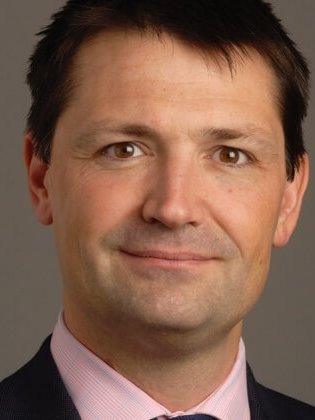Energy consulting
Fuel energy resilience and reinvention. Amid rising demand, fierce competition, a push for sustainability, plus inflation and supply chain challenges, oil and gas companies need to adapt quickly to remain competitive.
Energy now
50%
the estimated growth in demand for secure and sustainable energy over the next three decades as global GDP and populations grow
48%
of executives expect their organization to primarily benefit from investments in AI in terms of improved effectiveness
99%
of energy executives agree investments in emerging technologies will help their organizations remain resilient on the global stage
97%
of energy executives agree the convergence of digital and physical worlds over the next decade will transform their industry
How to reinvent energy
Shift from setting targets to delivering tangible decarbonization outcomes

Secure the digital core and protect your physical assets

Supercharge operations with data and AI to remain agile and resilient
Power up your workforce and reinvent talent and ways of working

Create experiences for lasting loyalty
Transform costs for resiliency and growth in a volatile world

Fuel reinvention with data-driven, integrated platforms
Transform how work gets done with generative AI

Build a smart supply chain for a shifting market
Segments we support
What’s trending in energy
Awards and recognition
Winner of AWS Industry Partner of the Year – Energy and Utilities
Accenture was named by AWS as Global Consulting Winner in Energy Competency, helping clients build and implement advanced AWS-powered solutions across the value chain.
Our leaders

John Downie
Senior Managing Director – Strategy & Consulting, Global Energy Lead

Andrew Smart
Senior Managing Director – Strategy & Consulting, Energy Lead, EMEA

Paul Carthy
Managing Director – Strategy & Consulting, Energy Lead, Growth Markets

Michael Preston
Managing Director – Strategy & Consulting, Energy Lead, North America






